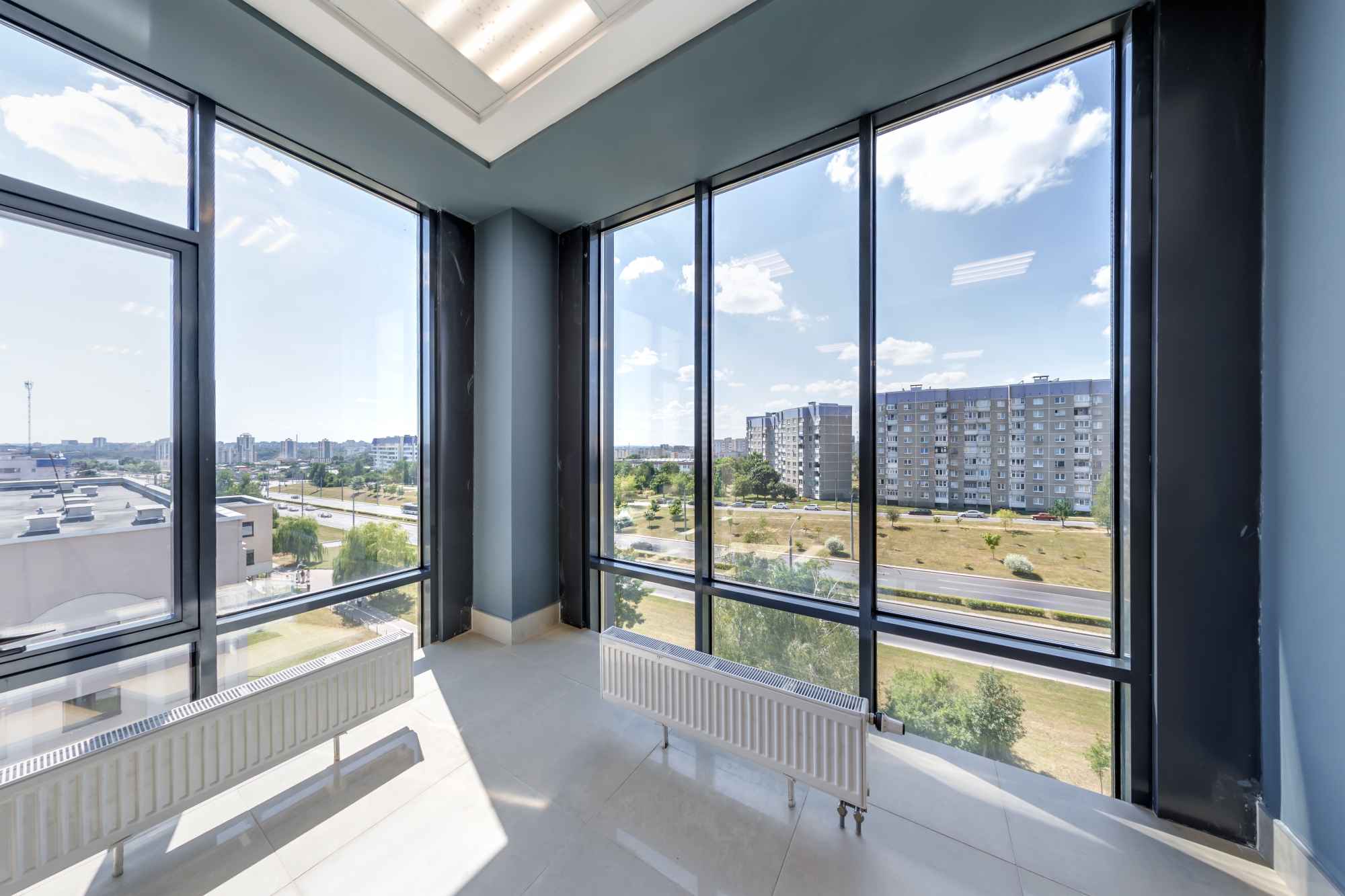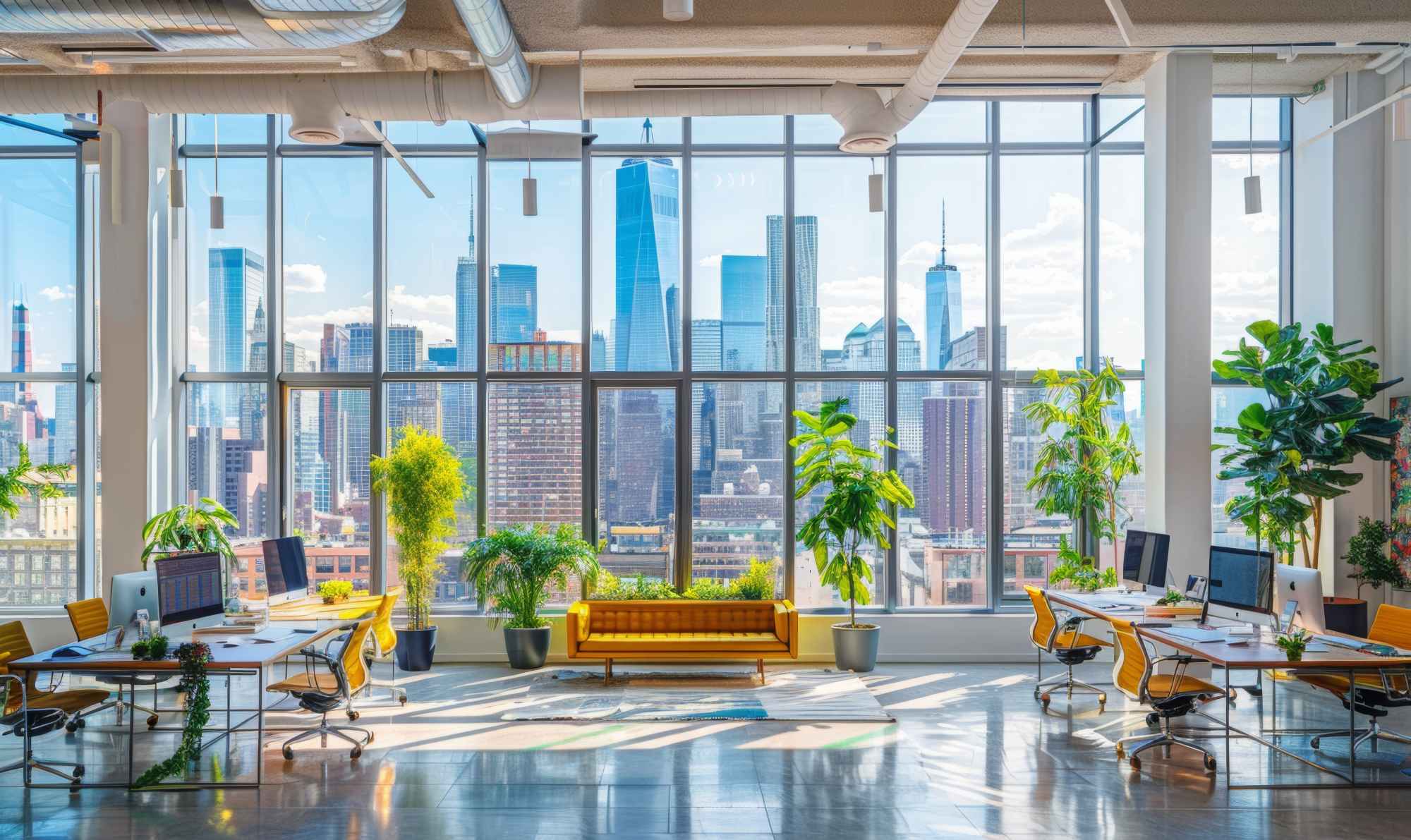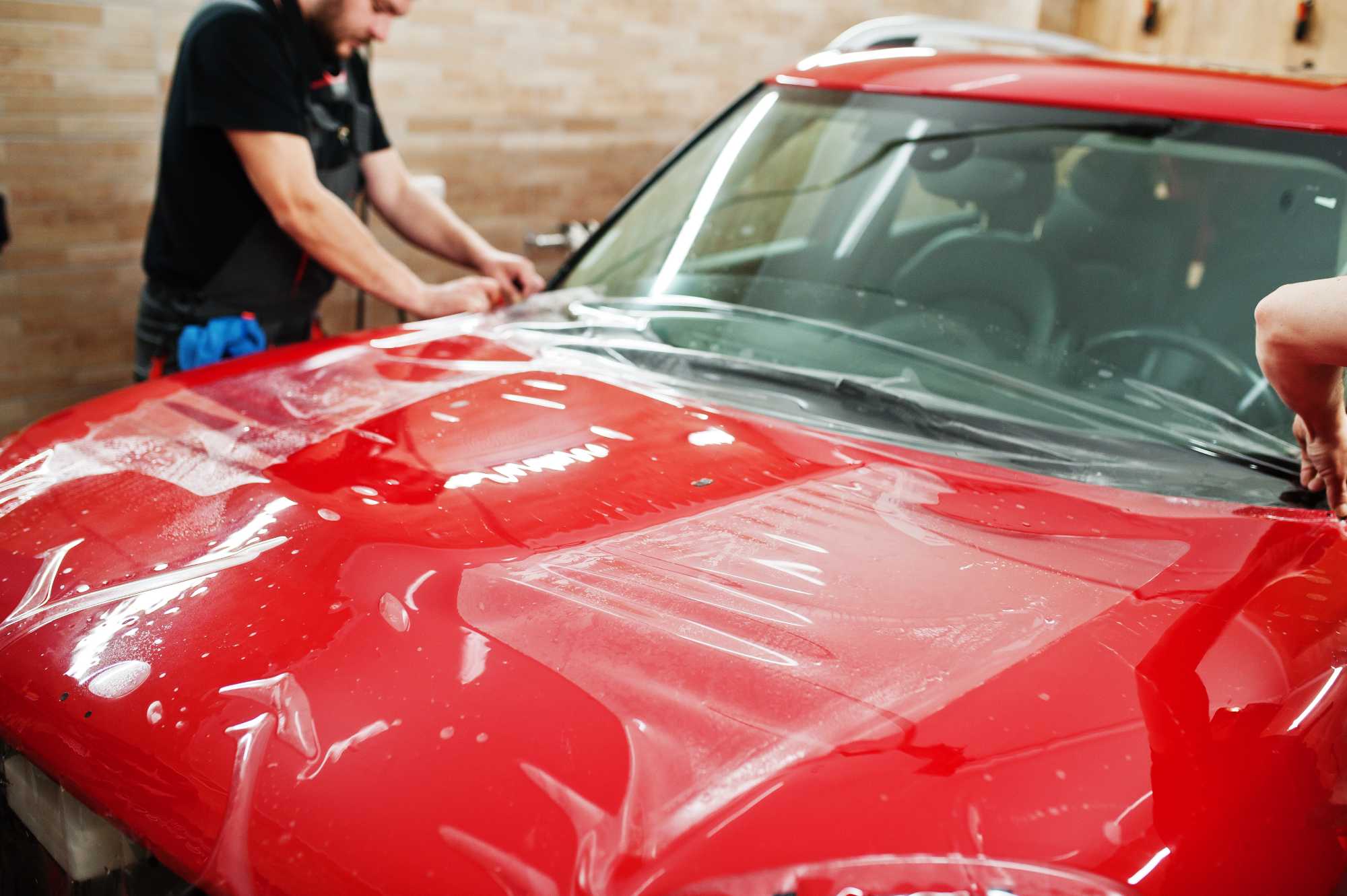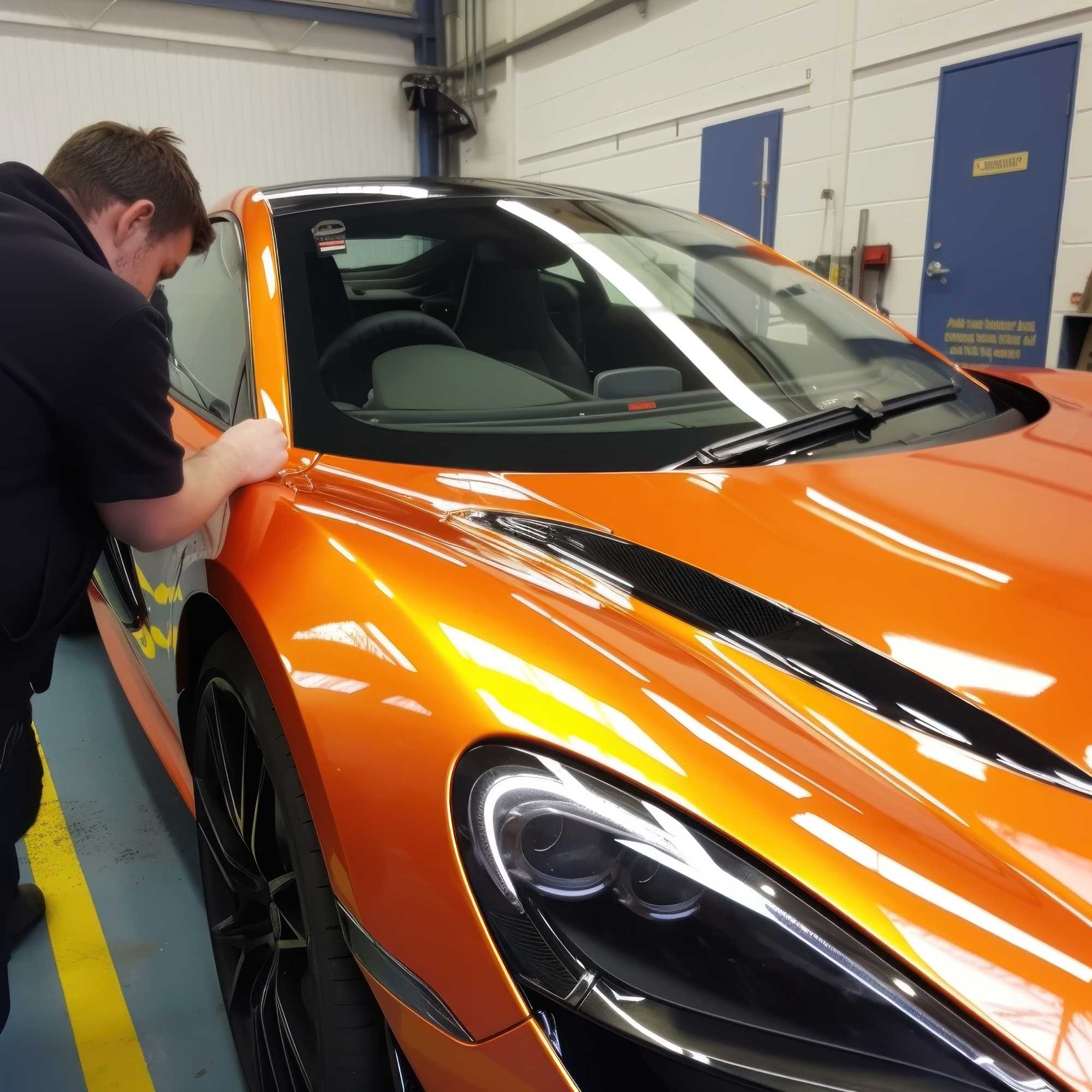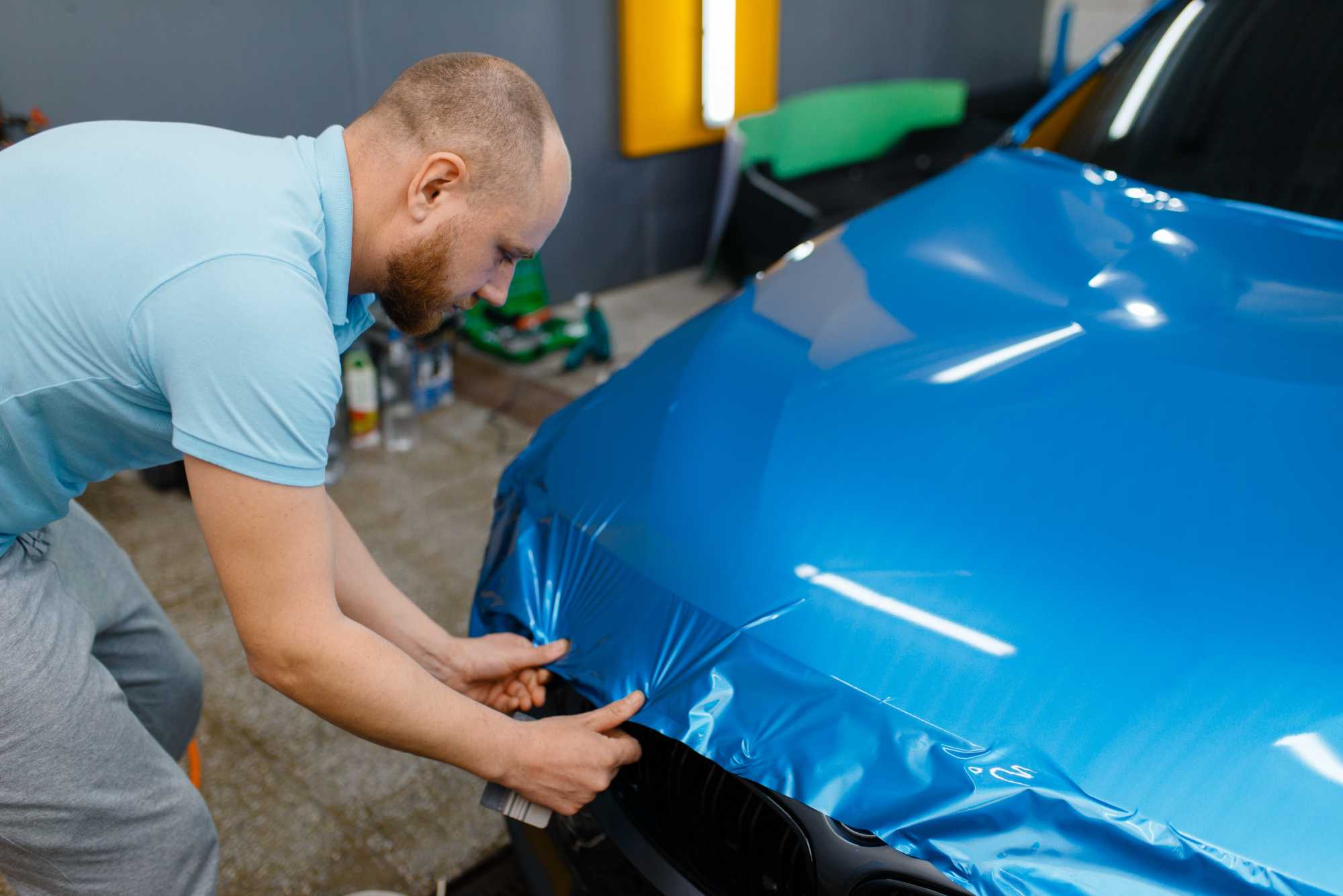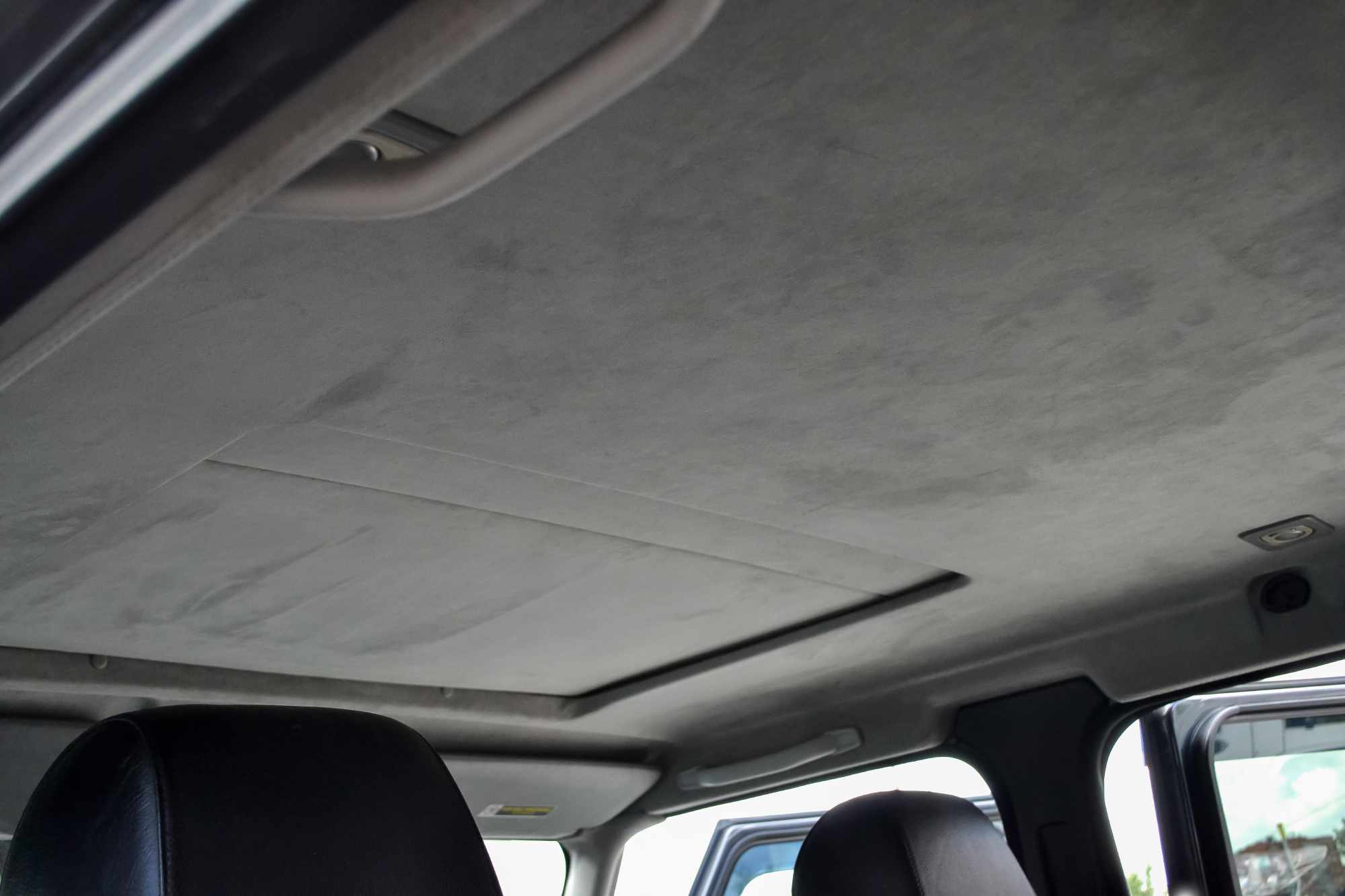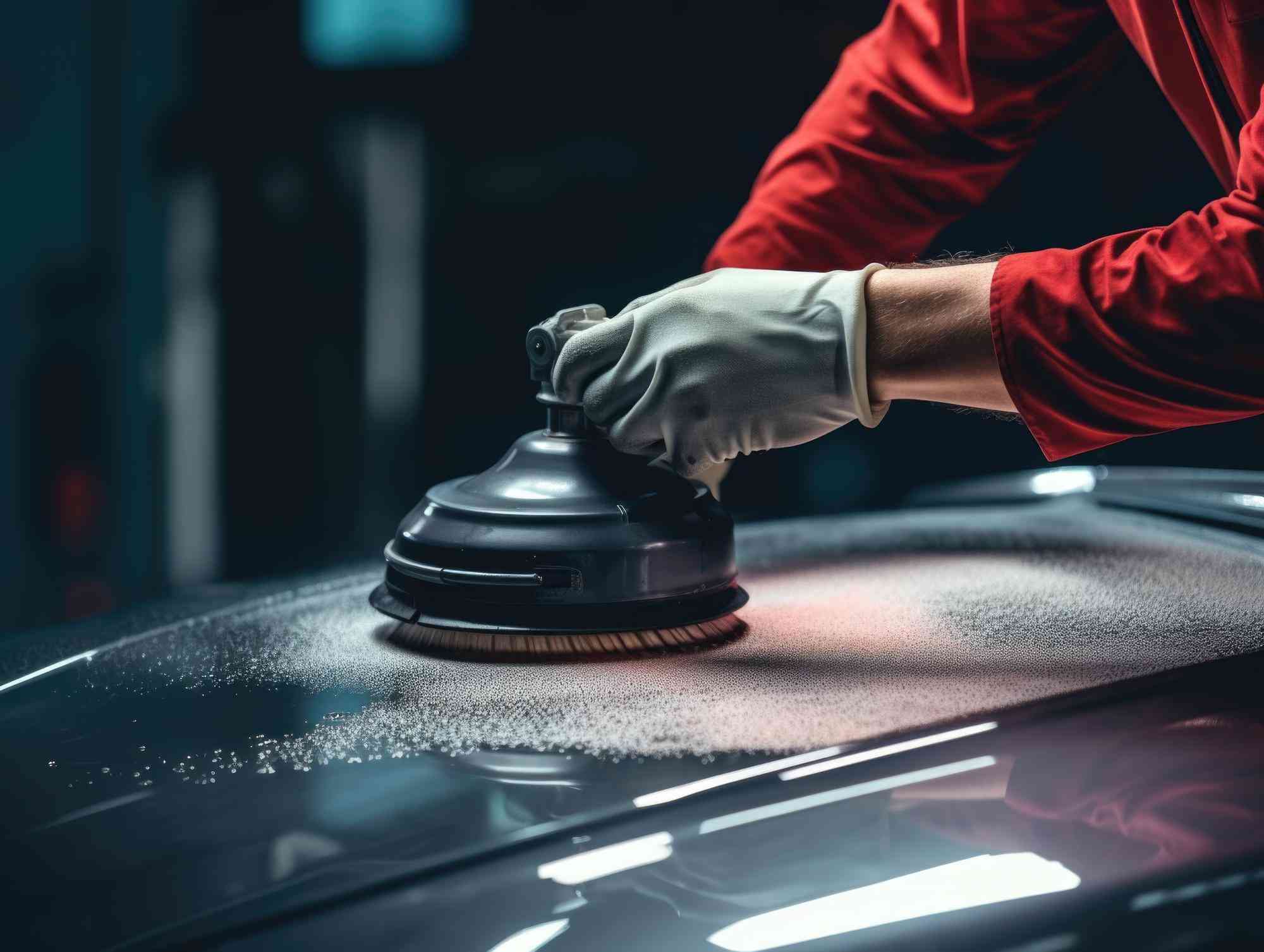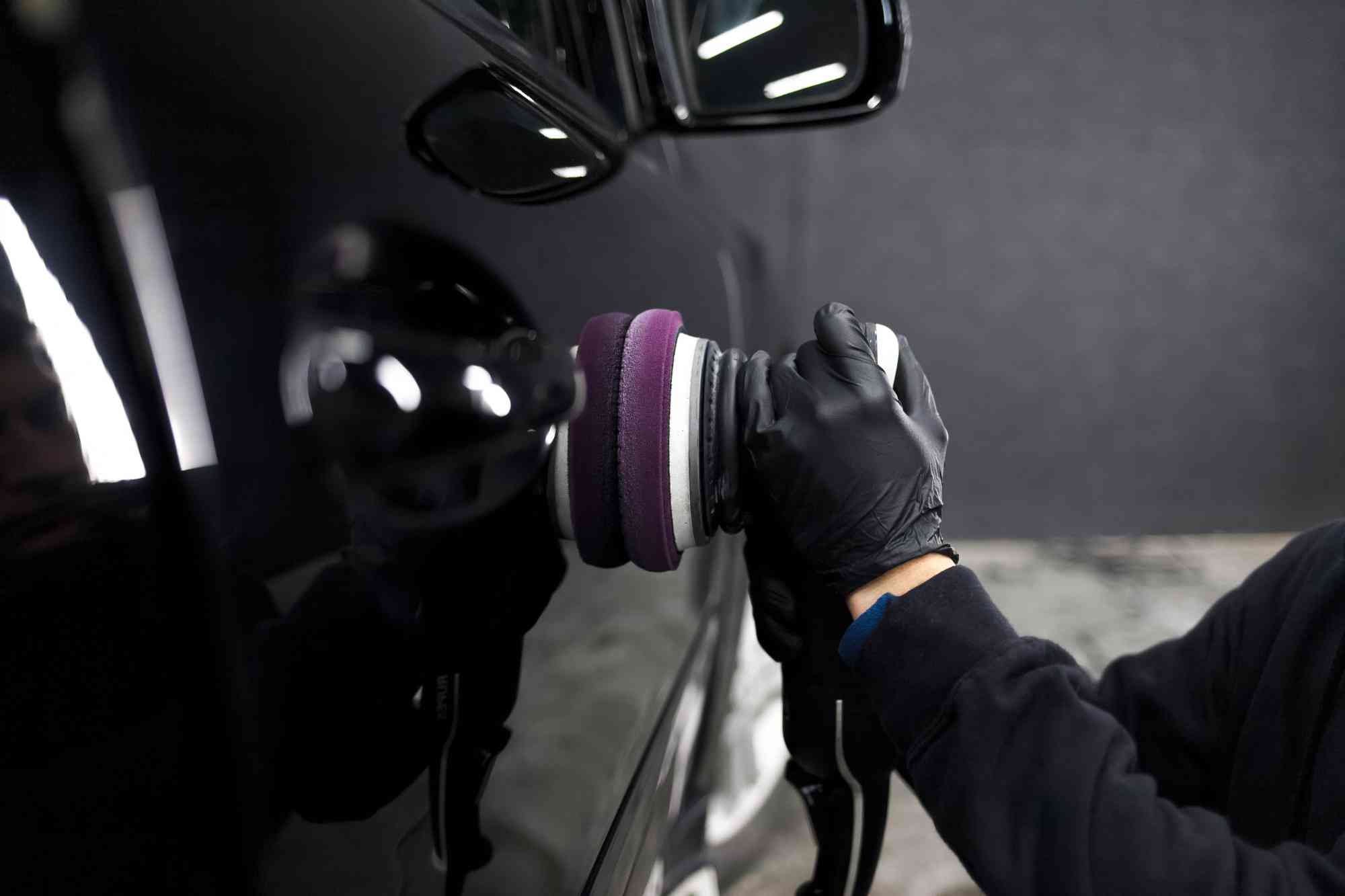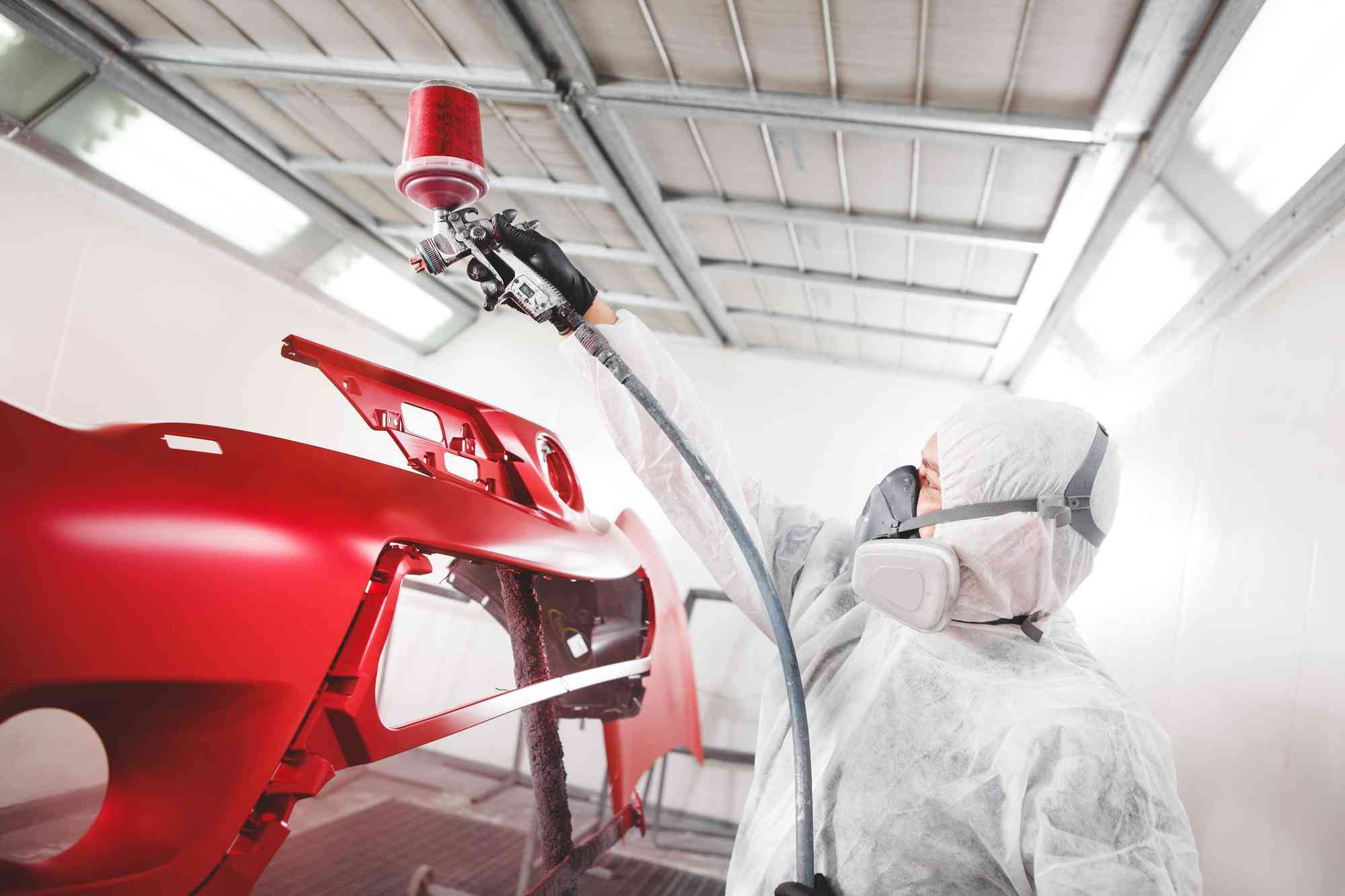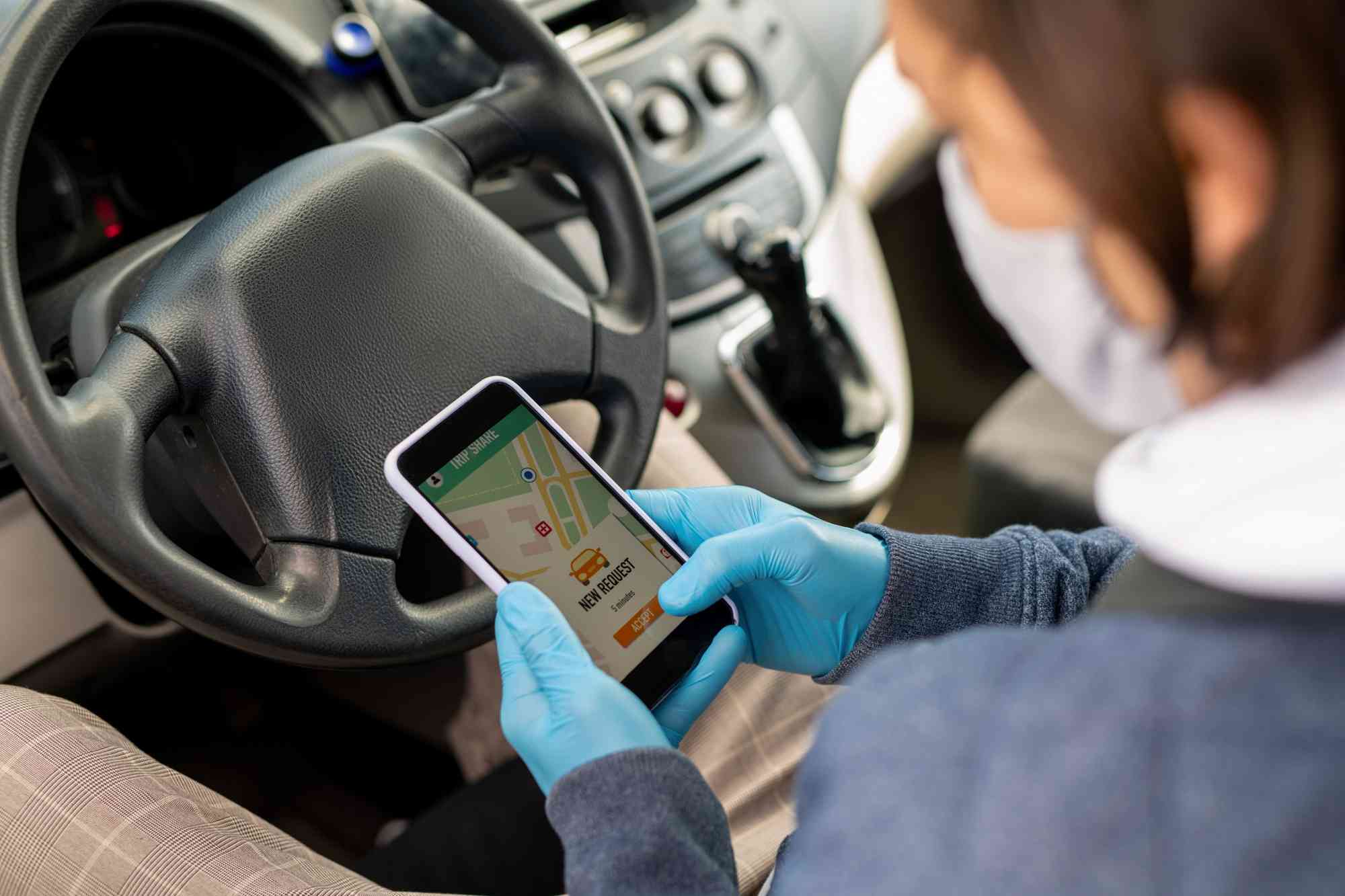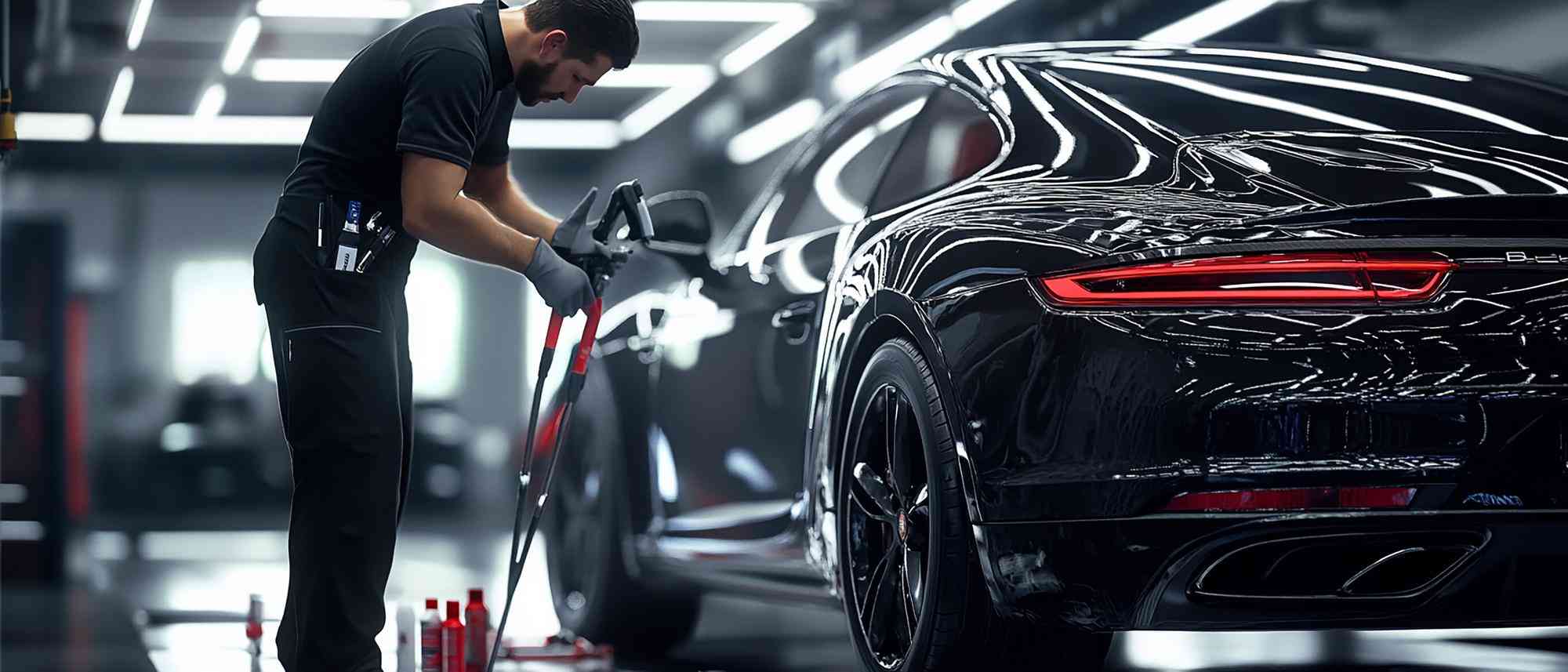Window Tinting
Window tinting offers numerous benefits for both residential and commercial properties, making it a popular choice for those looking to enhance the comfort and efficiency of their spaces. By reducing the amount of sunlight that enters a room, window tinting helps to lower indoor temperatures, which can significantly reduce the need for air conditioning, leading to energy savings. This not only makes your space more comfortable but also contributes to a more sustainable lifestyle.
In addition to its energy-saving benefits, window tinting provides effective protection against harmful UV rays. Prolonged exposure to UV rays can cause furniture, carpets, and artwork to fade over time. Tinted windows block up to 99% of these rays, preserving the quality and longevity of your interior decor. This makes window tinting an excellent investment for maintaining the aesthetic appeal of your space.
Privacy is another key advantage of window tinting. Tinted windows provide a layer of privacy without sacrificing natural light. This is particularly beneficial for homes and offices located in busy areas where maintaining privacy can be challenging. With the right tint, you can enjoy the comfort of your space without worrying about prying eyes.
